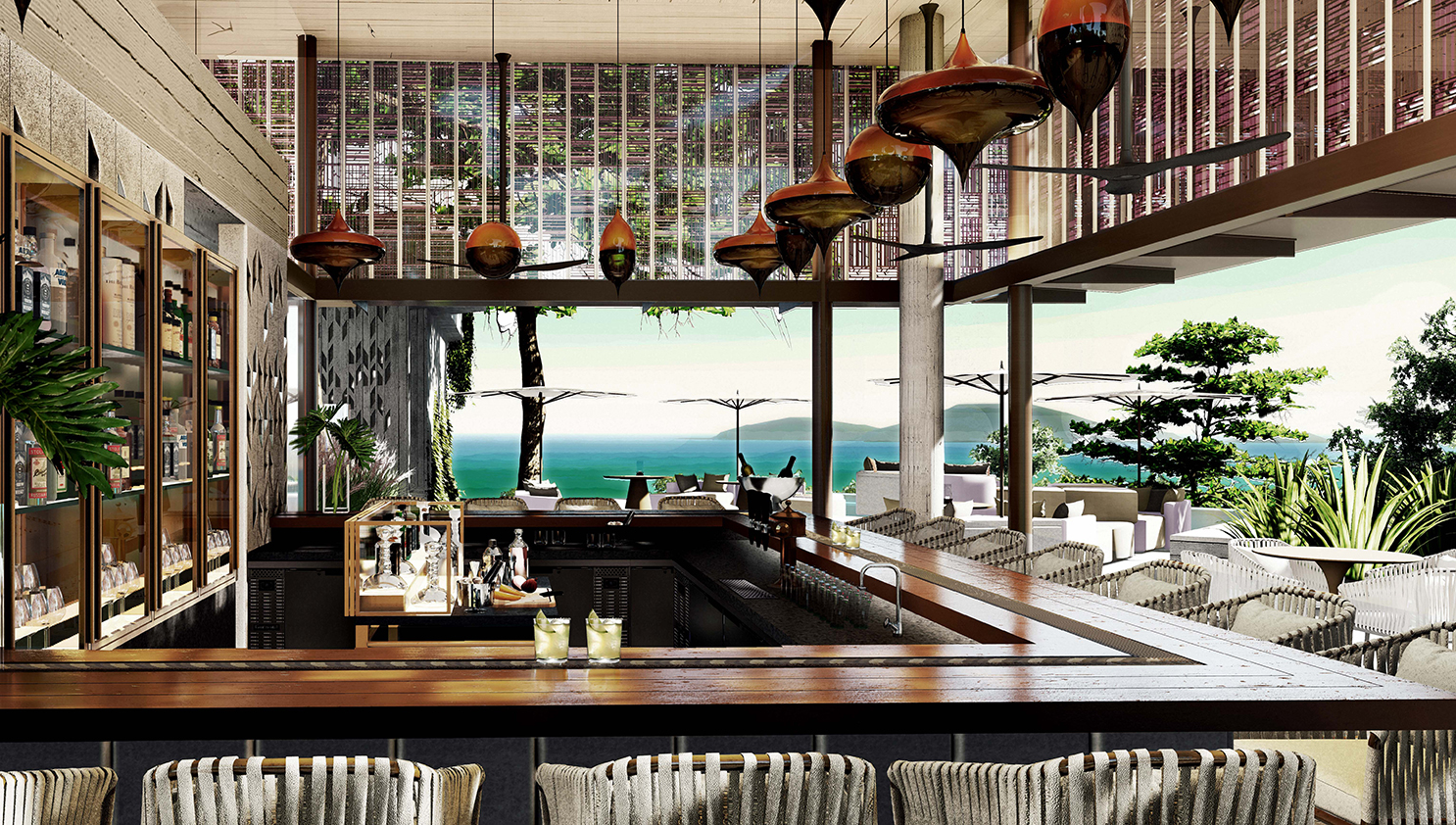Beachfront Destination
The development is a tropical high-rise 3-in-1 beachfront destination comprising of a diverse mix of retail, residences and hotels topped with sky gardens, recreational amenities, demonstrating that high density can be high amenity.
Flanked by a popular beach to the west and the bustling city to the east, the contoured podium is sculpted to form a porous, fully public and pedestrianised retail plaza to seamlessly connect the beach to the city. The tropical beach experience is brought into and up the building – from the breezy event plaza to the stunning infinity pools set in tropical sky gardens.
The project adopts robust passive design strategies such as naturally lit and ventilated lobbies, pre-function areas and access corridors such that these public areas become functional, comfortable, tropical spaces with greenery, natural light and fresh air instead of enclosed, internalised air-conditioned spaces.
The configuration and orientation of the hotel and residential towers are designed to maximize the panoramic sea views for all units with balconies inspired by the organic shapes and colours of corals, alluding to a thriving ecosystem of variegated corals.































